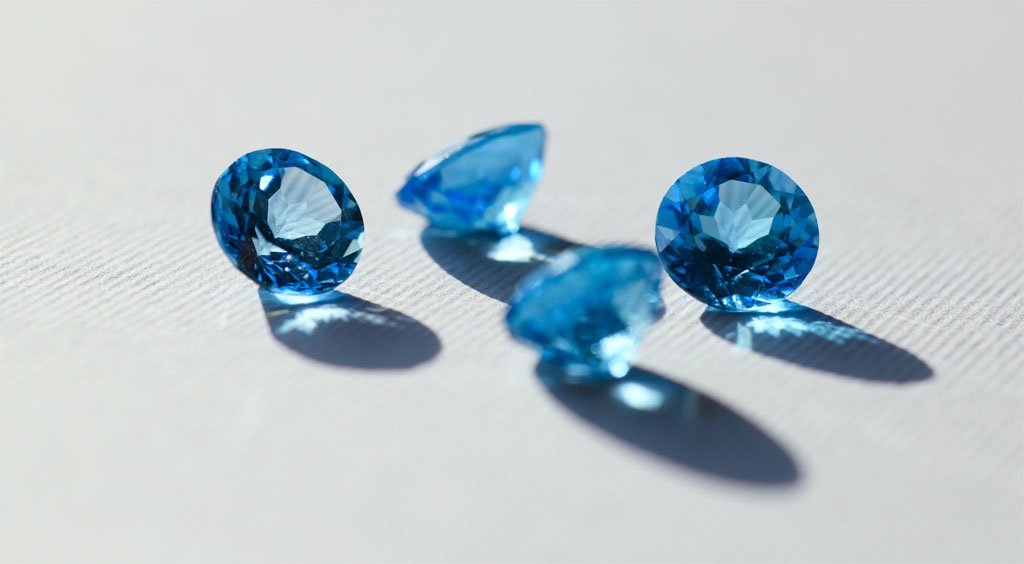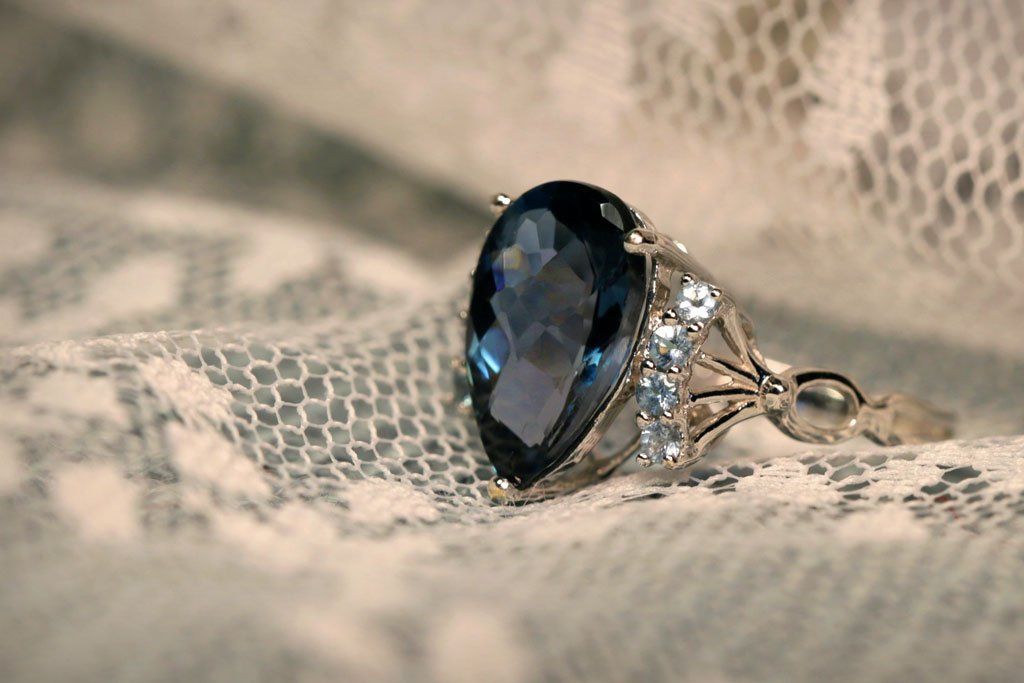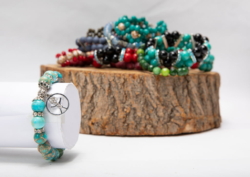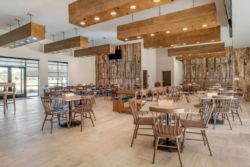When a gemstone is found and it is in its more natural state, this is referred to as its ‘rough’ stage and it is the time before it has been cut and polished. Every gem that you see contained in bracelets, necklaces and other pieces of jewellery has been cut and polished using a procedure called progressive abrasion.
Diamonds, which are our hardest naturally occurring substance, can be used in the cutting and polishing stage. There are other different kinds of compounds that are also used in the polishing procedure. Many different techniques in the gem cutting procedure like polishing, tumbling and grinding are used.

Image Source: Unsplash
The gemstones are shaped into many different forms like sculptures, inlays and faceted stones. Once all of this has been completed, we can end up with a quite fantastic and completely beautiful natural gemstone, like those loose aquamarine stone for sale at reputable gemstone dealers or jewellers. Let’s explore some of the gem cutting procedures.
1. Polishing – After an individual gemstone is cut, ground into the desired shape and sanded to remove any rough marks, it is polished in order to help light reflection from the overall surface of the stone. As has been mentioned before, certain grades of diamond can be used to polish gemstones and this polishing removes quite small quantities of stone that can be used to do refined shaping later on.
2. Tumbling – The clue is in the name and relatively, large quantities of rough stones that will later turn into precious gemstones are turned at a very low speed in a barrel which contains abrasives and water. The stones are then moved and polished into many beautiful shapes. Some people use vibratory tumblers which five great rather than rotate. The benefits of using a vibratory machine is that it is much easier to look at the stones and to check the progress, whereas if you are tumbling the gems, then you need to stop the whole procedure to check your progress.
3. Grinding – This is done using silicon carbide wheels or diamond impregnated wheels to get the gemstones to the rough form that you would like. This is called the pre-form and with any signing process, a lubricant is used to prevent overheating. A fine abrasive is then used for the final shaping process and sanding.
The wonderful thing about gemstones is that they can also be carved into many different shapes and forms and your choice is only limited by the talents of the person who is doing the sculpting. They generally will use many different kinds of diamond steel bits and grindstones.

Image Source: Unsplash
When you see the finished gemstones on display in any jewellery store, it’s likely that you don’t realise the many different procedures that they go through before you get to see them in their final form, embedded in some beautiful silver or gold. This process of cutting and polishing gems is referred to as gem cutting, and it is an art that has been with us for many years and will continue to be a skill that we will always need.






